Search Images
Browse Content (p. 914)
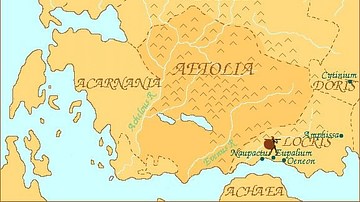
Image
Map of Aetolia
A map of ancient Aetolia, a region in Greece.
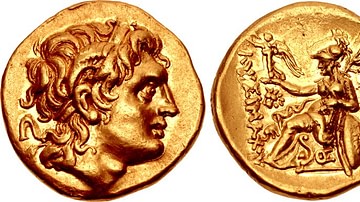
Image
Stater of Ptolemy Keraunos
A gold stater minted by King Ptolemy Keraunos of Macedon (r. 281 - 279 BCE). The coin was minted c. 280 - 279 BCE in Lysimachia, Thrace. It is a rare minting from Ptolemy Keraunos' brief reign as King of Macedon, and even briefer period of...
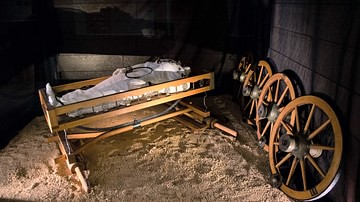
Image
Recreation of Vix Grave
A recreation of the "Grave of the Lady of Vix", from the Museum of Pays Châtillonnais - Trésor de Vix, in France. The "Vix Grave" was an inhumation burial from around 500 BCE, in which a young woman of high social status was interred with...
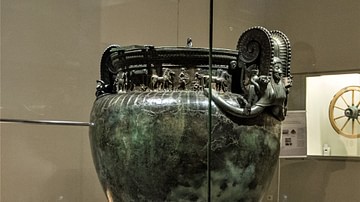
Image
Vix Krater
The Vix Krater, a massive Greek krater, or wine-mixing vessel, found in Vix, France. This massive, 1.63 m (5'4") high bronze vessel weighs around 200kg (450lbs), making it the largest Classical Greek bronze vessel found to date. The richly...
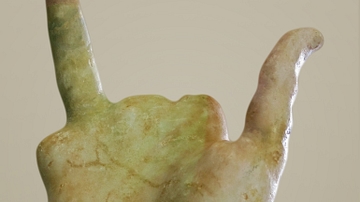
Image
Right hand of the Nike of Samothrace
The right hand of the Nike of Samothrace with two restored fingers (Louvre, Ma 2369bis). Image photo-edited by Branko van Oppen.

Image
Michael VIII Palaiologos
Michael VIII Palaiologos (r. 1259-1281 CE)
Miniature from the manuscript of Pachymeres' Historia, 14th century CE. Munich, Bayerische Staatsbibliothek.

Image
John III Doukas Vatatzes
John III Doukas Vatatzes, Emperor of Nicaea (1222–1254 CE)
15th century CE manuscript, History of John Zonaras, Mutinensis gr.122, f.294r, Biblioteca Estense Universitaria, Modena.
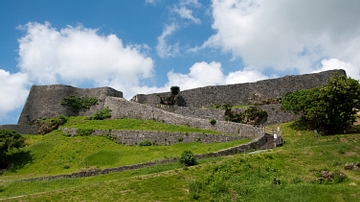
Image
Katsuren Castle, Okinawa
Katsuren castle, Okinawa, Japan. 12th century CE.
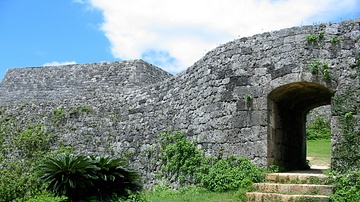
Image
Zakimi Castle Walls, Okinawa
A section of the outer limestone walls of Zakimi castle, Okinawa, Japan. The Ryukyu Kingdom, 15th century CE.
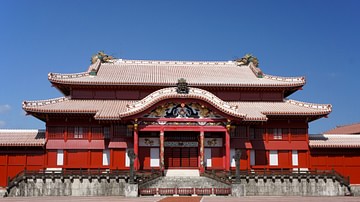
Image
Seiden Hall, Shuri Castle
The Seiden royal audience hall of Shuri Castle, Okinawa, Japan. Today's building is a fully reconstructed version of the medieval building which was destroyed in 1945 CE.